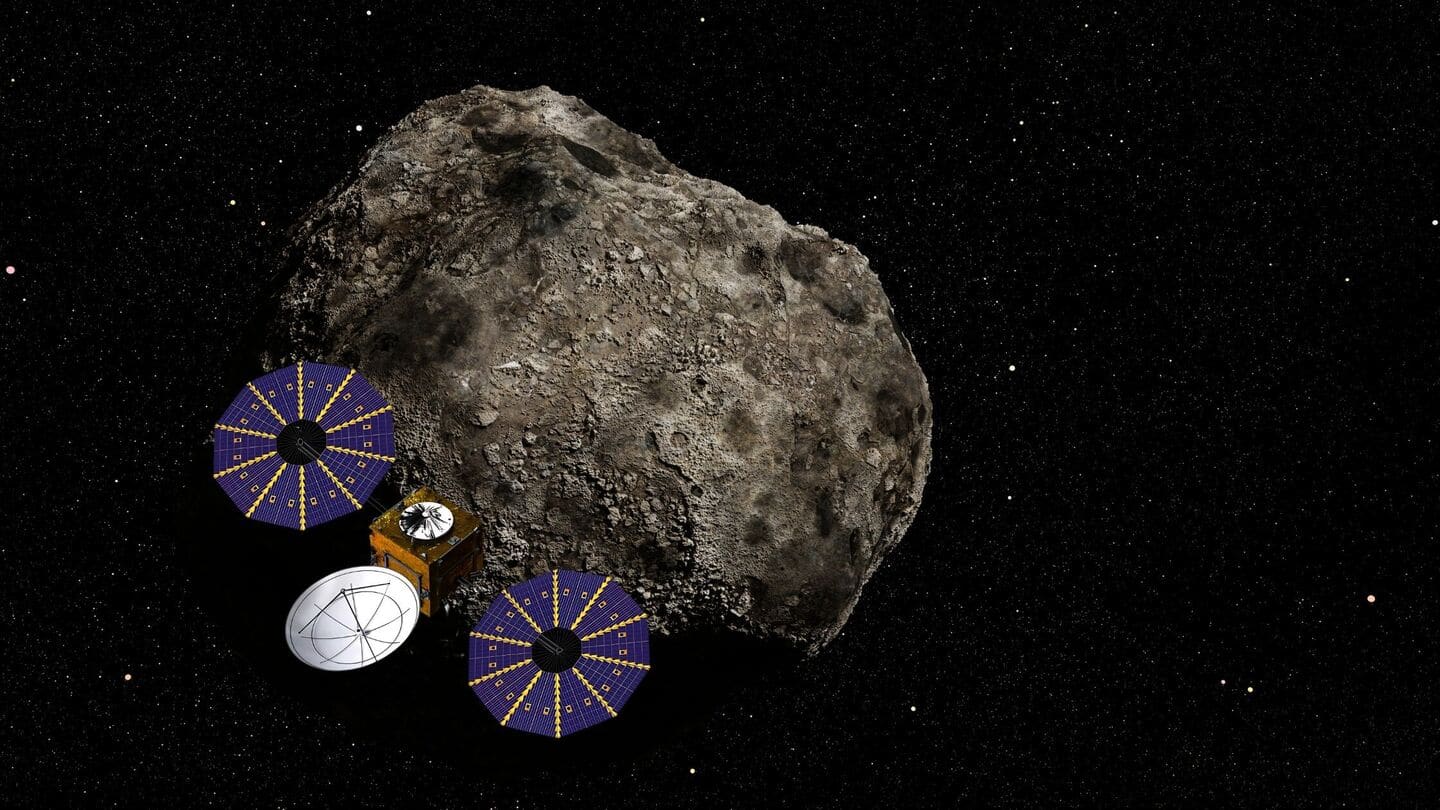
China launches mission to collect samples from 'living fossil' asteroid
What's the story
China has launched its first-ever mission to collect samples from a near-Earth asteroid. The Tianwen-2 spacecraft lifted off atop a Long March 3B rocket from Xichang spaceport in southwestern China today at 1:31am Beijing time. The China Aerospace Science and Technology Corporation (CASC) declared the launch a success shortly after.
Mission details
Tianwen-2's mission and its significance
The Tianwen-2 spacecraft is heading to Kamo'oalewa, also known as 2016 HO3. Discovered in 2016, the asteroid measures about 40-100 meters in diameter and orbits relatively close to Earth. Known as a "living fossil," it contains ancient materials that could provide insights into the early formation of the Solar System. China plans to return samples of this asteroid to Earth in 2027. The mission will test several sampling techniques, including landing on the rocky body if the terrain permits.
Extended journey
Tianwen-2's extended mission and technological advancements
The Tianwen-2 mission will also include a visit to comet 311P/PANSTARRS. The spacecraft will use Earth's gravity as a slingshot to reach this destination by around 2035. The comet, which travels between Mars and Jupiter, intrigues researchers because it shows characteristics typically found in asteroids. This extended journey is part of China's second planetary exploration mission, following the successful launch of the Tianwen-1 Mars orbiter and rover in 2020.
Instrumentation
Tianwen-2's scientific instruments and potential discoveries
The Tianwen-2 spacecraft carries a range of scientific instruments, including cameras, spectrometers, charged and neutral particle analyzers, a radar instrument, an ejecta analyzer, and a magnetometer. These tools will be used to collect data that could provide insights into mysteries such as the origins of Earth's water. The mission is expected to last around a decade and could greatly expand our understanding of the cosmos.